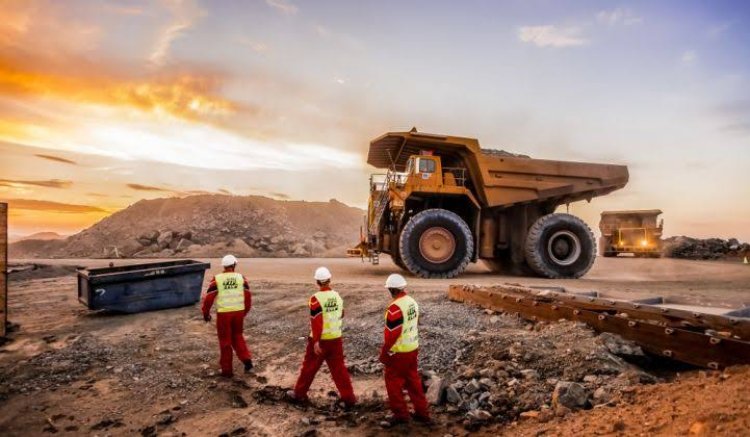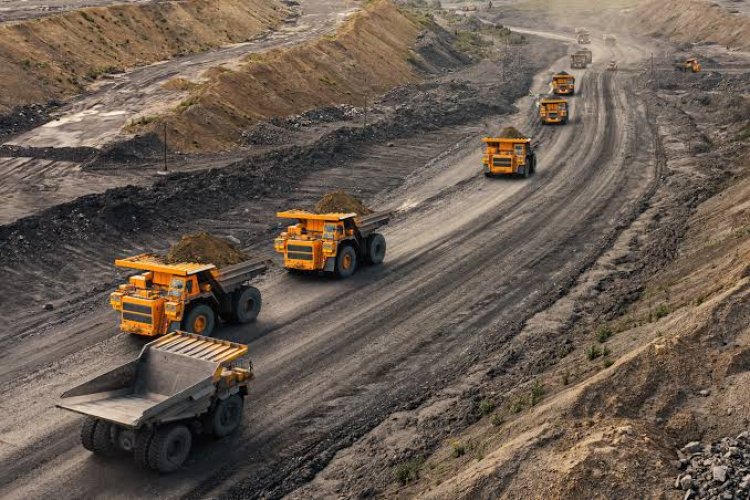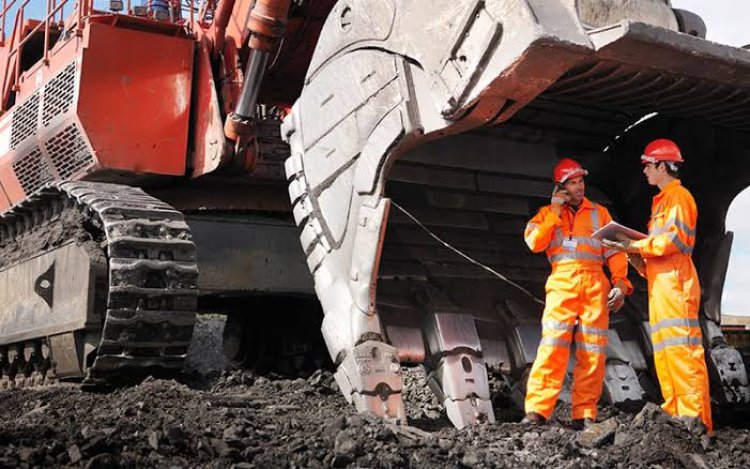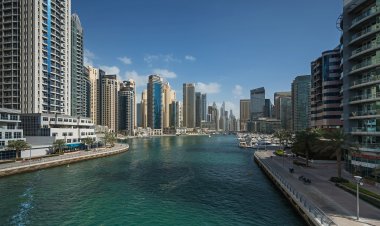Allocating 8 mining complexes to compete in the Riyadh and Eastern regions

The Saudi Ministry of Industry and Mineral Resources has allocated 8 mining complexes for competition in the Riyadh and Eastern regions.
The ministry stated that the complexes that have been designated for the competition include Gunan, Al-Masnat, Al-Suman and Ras Al-Qaryah complexes, the eastern and western Salwa complexes in the eastern region, the Al-Bahs ore complex in Al-Aramah, and the second limestone ore complex in Hafariyat Nasah in the Riyadh region.
Investment in the mining sector

She indicated that it aims to further encourage investment in the mining sector, and attract specialized companies interested in investing in this sector, to contribute to enhancing economic activity and increasing non-oil revenues in accordance with the goals of Saudi Vision 2030, and developing areas adjacent to the sites of mining activities, by employing the people of these areas in projects. Mining, raising the proportion of purchases from local markets, and developing plans for effective communication in the area surrounding mining projects.
A mining complex is defined as a site specified with coordinates and an area with specific lengths of sides that are reserved for mining activities in accordance with the approvals of the relevant authorities on the allocation.

Saudi Arabian Mining Company
On August 14, the Saudi Arabian Mining Company, Ma'aden, renewed its agreement with the Agricultural Development Company of Bangladesh to supply 600,000 tons of fertilizers.
The company stated, according to what was stated on the Saudi Press Agency, “SPA”, that this partnership, which has been going on for several years, is an affirmation of Ma’aden’s commitment to meeting the needs of global markets for phosphate fertilizers. Ma'aden covers about 42% of Bangladesh's estimated diphosphate fertilizer needs.
It is noteworthy that Maaden has boosted its production of sustainable phosphate fertilizers over the past years, as it plans to increase its production of phosphate fertilizers by 50% to reach 9 million tons annually as part of the Phosphate 3 project.
And Bandar Al-Khorayef, the Saudi Minister of Industry and Mineral Resources, had said that the Africa, Middle East and Asia regions have great opportunities in the mining sectors, and they must cooperate more and work to achieve success stories and then attract more investments.

Mineral sites in Saudi Arabia
The Arabian Shield region is considered a major and important source of precious metals, and the area of this region is about 60,000 square kilometers, which means that it is a valuable opportunity for exploration and extraction of minerals. It is worth noting that more than 48 minerals have been discovered in Saudi Arabia, of which at least 15 minerals are suitable for negotiation and trade.
By the end of 2023, the number of mining complexes in the Kingdom had reached about 377, and the Ministry of Mining stated that the number of mineralized belt sites amounted to about 35 sites, and 94% of the area of these sites is located in the Arabian Shield, and it is worth noting that metallic minerals in particular are spread strongly throughout the part western, as it is extracted from the central region and part of the northern region.
Types of mineral wealth in the Kingdom of Saudi Arabia
Saudi Arabia sought the help of international experts for the geological and geophysical survey. With the aim of discovering the existing mineral resources and exploiting them economically, the efforts resulted in the discovery of many minerals, which were divided into:
Metallic minerals: such as gold, copper, silver, iron, chromium and aluminum.
Radioactive metals: uranium and thorium.
Non-metallic minerals: such as coal, sulfur, and phosphates.
Industrial minerals: such as magnesium, fluorite, asbestos, and mica.
Decorative and building stones: such as granite, marble, and vitreous sand clay.


 Shrouq
Shrouq 












